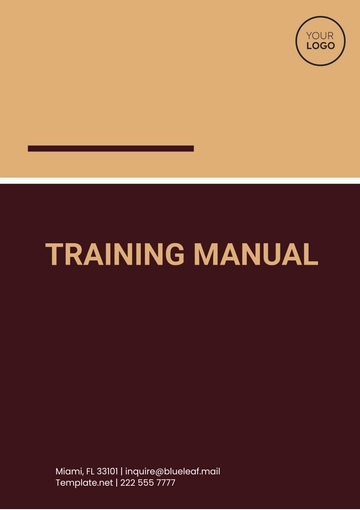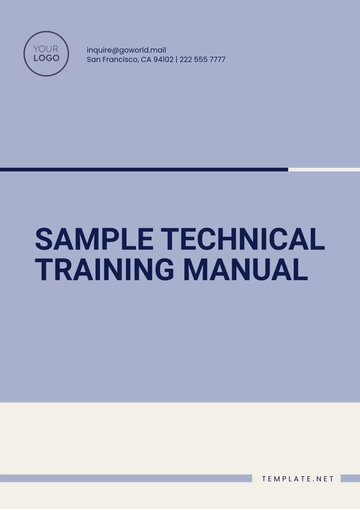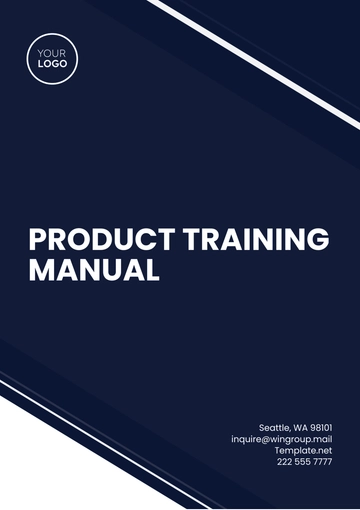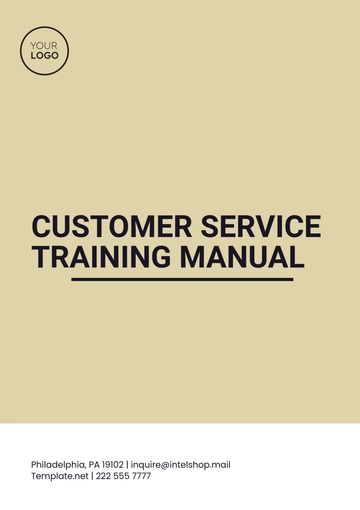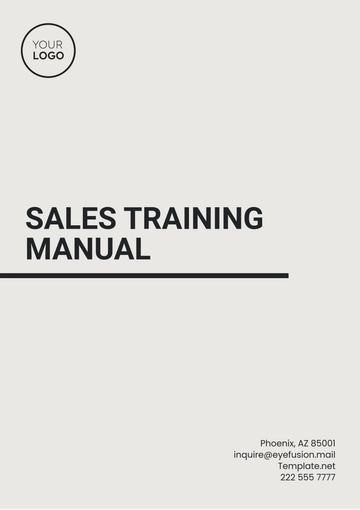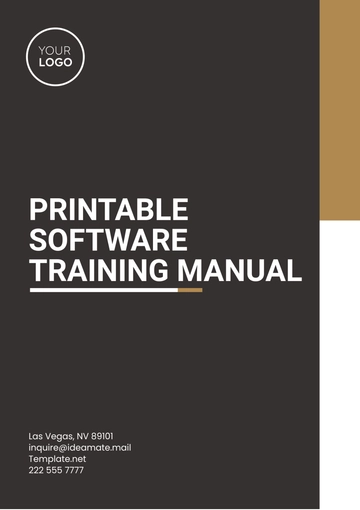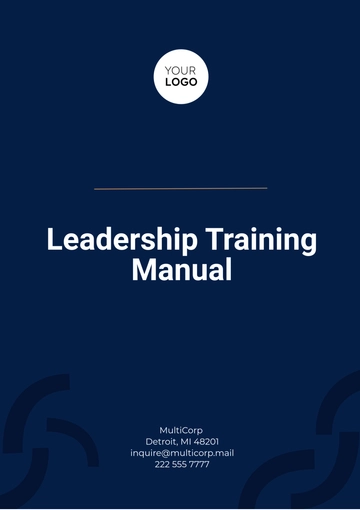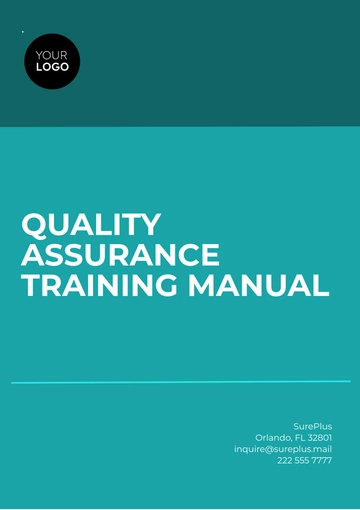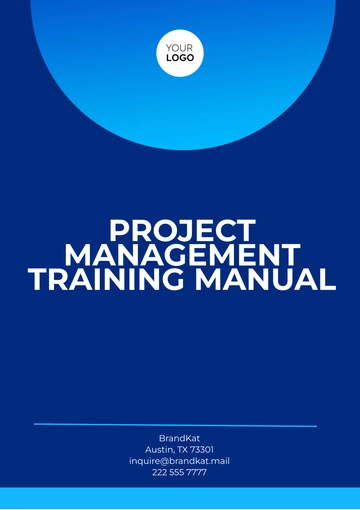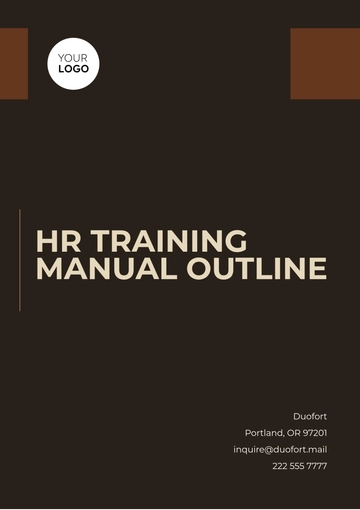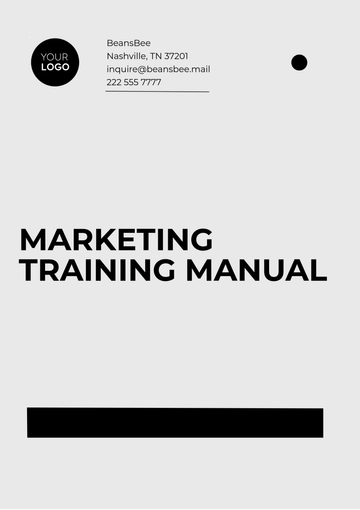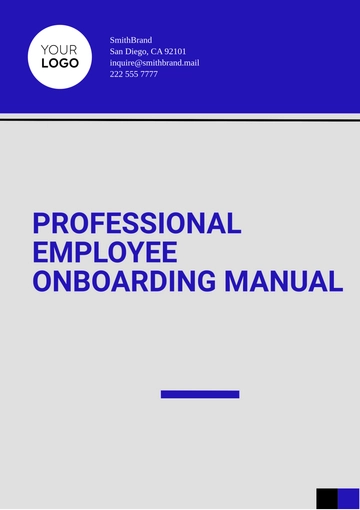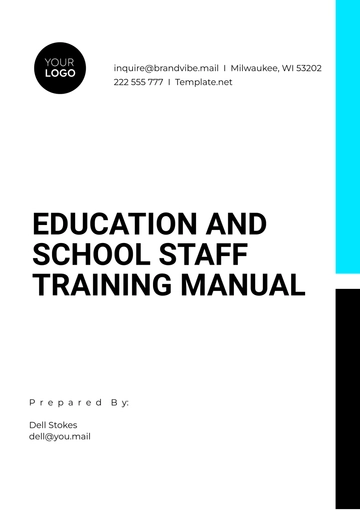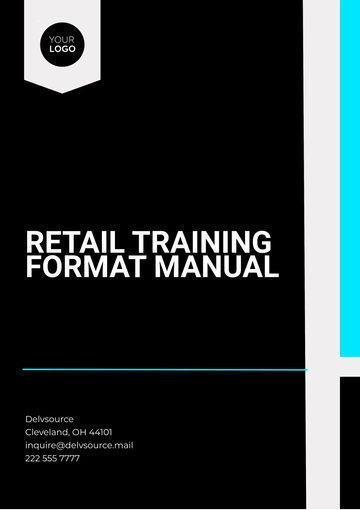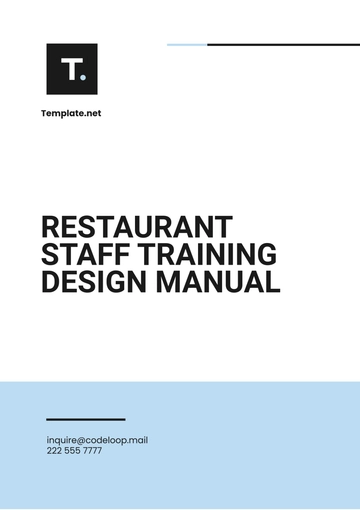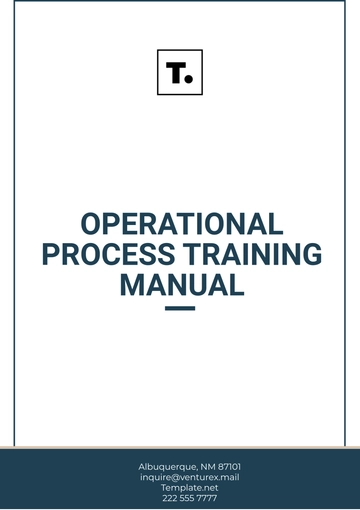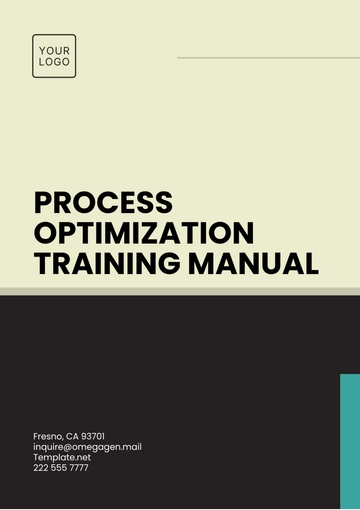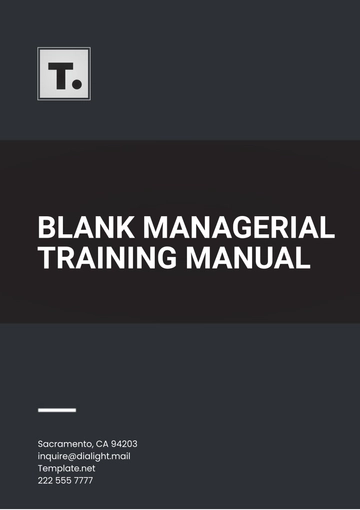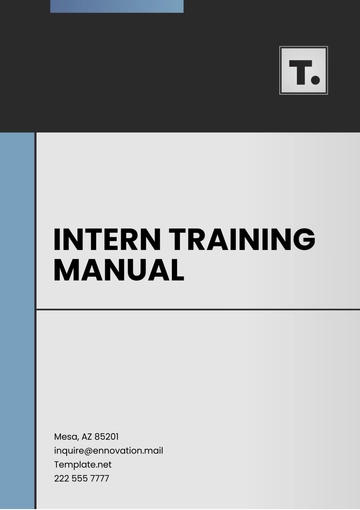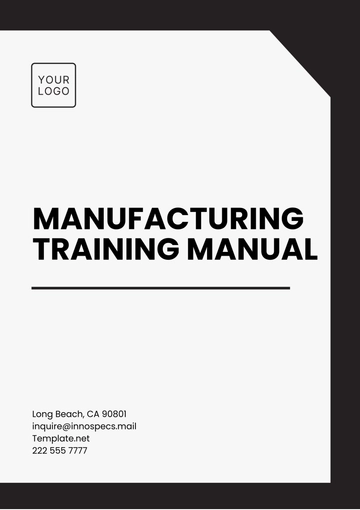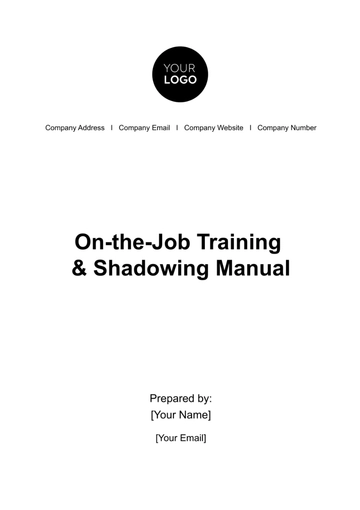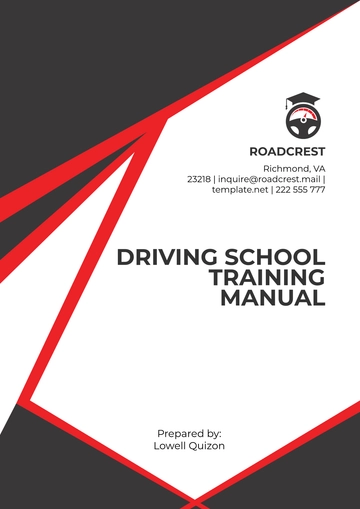Free Spa Training Manual

Spa Training Manual
This manual is designed to ensure that all employees at [Your Company Name] are familiar with our standards, procedures, and expectations. It provides an in-depth understanding of our spa services, legal compliance with U.S. regulations, customer service expectations, safety protocols, employee conduct, and training for specific treatments. The manual will help deliver consistent, high-quality services and ensure a positive experience for all clients.
I. Introduction to Spa Services
At [Your Company Name], our mission is to provide premium wellness, relaxation, and therapeutic services, tailored to enhance the mental, physical, and emotional well-being of our clients. This section introduces the basics of the spa industry and what our employees should know to comply with state and federal standards.
A. Spa Industry Overview
[Your Company Name] is a luxury day spa offering a variety of services designed to promote wellness and beauty. We offer personalized care through a wide range of treatments:
Massage Therapy: Including Swedish, deep tissue, hot stone, and prenatal massages.
Skincare Treatments: Professional facials and exfoliation treatments.
Body Services: Such as body scrubs, body wraps, and detoxification treatments.
Nail Services: Manicures, pedicures, and specialized treatments for nail health.
Hydrotherapy: Use of water in various forms to enhance relaxation and promote circulation.
B. Legal Compliance and Licensing
At [Your Company Name], adhering to U.S. laws is non-negotiable. We comply with all regulations set forth by the state and federal government.
Licensing: All employees providing treatments (e.g., massage therapists, estheticians, cosmetologists) must be licensed and certified according to the requirements of the state. Employees are responsible for renewing their licenses and ensuring they remain compliant.
Health and Safety Regulations: We strictly follow OSHA (Occupational Safety and Health Administration) guidelines, ensuring that all our employees work in a safe environment free from hazards. Employees must familiarize themselves with state health department regulations regarding sanitation and hygiene standards.
Labor Standards: All employees are protected by the Fair Labor Standards Act (FLSA). [Your Company Name] complies with the following:
Fair wage and overtime compensation
Breaks and meal periods
Anti-discrimination laws and protections for employees
C. Our Philosophy
[Your Company Name] operates under a client-first philosophy. Every team member is expected to contribute to the mission of providing our clients with an unparalleled spa experience.
Mission Statement |
To provide exceptional spa and wellness services that foster physical renewal and emotional balance. |
Core Values |
We emphasize integrity, professionalism, client safety, and continuous improvement. |
II. Customer Service Excellence
Customer service is the cornerstone of any successful spa. At [Your Company Name], we hold ourselves to the highest standards to ensure that our clients receive a seamless, pleasant, and rejuvenating experience from the moment they arrive.
A. First Impressions and Client Interaction
Welcoming Clients: Greet clients with a smile, maintain eye contact, and offer to assist them with their belongings. Receptionists should ask for the client's name, confirm their appointment, and direct them to the relaxation lounge if necessary.
Attire: All employees must wear a clean and neat uniform, along with name badges, to provide an approachable and professional image.
B. Effective Communication
Listening to Clients: Always actively listen to clients’ needs and preferences, confirming their chosen treatments before proceeding. Ensure they are comfortable throughout their visit.
Explaining Services: Provide clear explanations of services, especially if the client is new or trying a new treatment. Use straightforward language to manage client expectations.
Example: "This deep tissue massage may cause some soreness tomorrow, but it will help relieve muscle tension in the long run."
C. Handling Client Concerns
Addressing Complaints: Always handle client complaints with professionalism. Never argue with a client. Instead, acknowledge their concerns and suggest a solution (e.g., offering a complimentary service or scheduling a follow-up).
Service Recovery: Record all complaints in the system and notify management to ensure that corrective actions are taken.
III. Sanitation and Safety Protocols
Maintaining a clean and safe environment at [Your Company Name] is critical to protect both clients and employees. Following proper sanitation protocols is a legal requirement under U.S. health and safety laws.
A. Daily Cleaning Procedures
Treatment Rooms:
Clean and sanitize all surfaces, including massage tables, countertops, and tools, after each client.
Fresh linens must be used for each treatment.
Spa Common Areas:
Regularly clean high-traffic areas such as reception, lounge, and bathrooms.
Floors should be mopped and sanitized at least twice daily.
Area | Frequency | Action |
|---|---|---|
Treatment rooms | After each session | Disinfect tools, change linens |
Waiting area | Twice daily | Clean surfaces, dust, and sanitize |
Bathrooms | Every shift | Clean sinks, toilets, and floors |
B. Personal Protective Equipment (PPE) for Employees
Masks and Gloves:
Wear masks and gloves during treatments, especially for facials and body treatments.
Hand Hygiene:
Wash hands before and after each treatment.
Use hand sanitizers throughout the day.
C. Emergency and First Aid Procedures
First Aid Kit Availability:
Keep a well-stocked first aid kit on-site.
Ensure employees are trained in basic first aid and CPR.
Fire and Evacuation Plans:
Post emergency exits clearly.
Regularly practice fire drills and evacuation protocols.
IV. Employee Conduct and Ethics
Proper conduct is essential for maintaining professionalism and ensuring a respectful environment.
A. Professional Boundaries
Avoiding Conflicts of Interest:
Refrain from forming personal relationships with clients.
Handling Gratuities:
Accept tips graciously, but do not solicit them.
B. Ethical Guidelines
Honesty in Service:
Do not upsell unnecessary treatments.
Respect for Client Privacy:
Avoid discussing clients with other employees or outside the spa.
C. Code of Conduct
Attendance and Punctuality:
Employees are expected to arrive on time and be prepared for their shifts.
Dress Code:
Employees must adhere to a professional dress code, including proper spa uniforms and personal grooming.
V. Treatment-Specific Training
Employees must be well-trained in specific treatments, following state guidelines for safe and effective procedures.
A. Massage Therapy
Types of Massage:
Swedish, deep tissue, hot stone, and prenatal massage.
Pressure Techniques:
Adjusting pressure based on client preferences and conditions.
B. Skincare and Facials
Skin Analysis:
Identifying different skin types (e.g., oily, dry, combination).
Product Usage:
Understanding ingredients and potential allergic reactions.
C. Manicure and Pedicure
Tool Sanitization:
Sterilize nail tools between clients.
Nail Care Techniques:
Proper filing, cuticle care, and polish application.
D. Body Treatments
Exfoliation Techniques:
Use of scrubs for dead skin removal.
Wrap Application:
Ensure even product distribution during body wraps.
Treatment | Duration | Tools/Products Required |
|---|---|---|
Swedish Massage | 60-90 minutes | Massage oil, towels, hot stones (optional) |
Facial | 45-60 minutes | Cleansers, exfoliants, masks, moisturizer |
Pedicure | 60 minutes | Foot bath, nail tools, polish, lotion |
VI. Handling Chemicals and Products
To ensure safety, all spa employees must be trained on the correct handling and storage of products and chemicals.
A. Safe Storage and Handling
Labeling:
All products must be clearly labeled with their contents and usage instructions.
Storage Guidelines:
Store products in cool, dry areas, away from direct sunlight.
B. OSHA Compliance
Material Safety Data Sheets (MSDS):
Keep MSDS available for all products used in the spa.
Chemical Spill Protocol:
Employees must be trained to handle spills safely, including the use of protective gear.
C. Product Knowledge
Ingredient Awareness:
Be aware of active ingredients in skincare products and their potential side effects.
Allergy Management:
Maintain client allergy records to avoid adverse reactions during treatments.
VII. Sales, Retail, and Upselling Techniques
Boosting spa revenue through effective sales techniques while maintaining integrity in customer care.
A. Understanding Spa Retail
Retail Products:
Offer a range of skincare, body care, and wellness products.
Provide training on the benefits of each product.
Display and Promotion:
Set up retail displays that are visually appealing and accessible.
B. Upselling Techniques
Add-On Services:
Suggest complementary services (e.g., scalp massage with a facial).
Product Recommendations:
Recommend retail products based on the treatments the client received.
C. Client Follow-Up for Retention
Appointment Reminders:
Use phone calls, emails, or text reminders to confirm upcoming appointments.
Customer Loyalty Programs:
Implement programs to encourage repeat visits (e.g., discounts after a certain number of services).
This Spa Training Manual provides the essential guidelines for delivering high-quality services while adhering to U.S. legal and ethical standards. By understanding and following these protocols, employees can ensure that clients have a safe, relaxing, and memorable experience.
- 100% Customizable, free editor
- Access 1 Million+ Templates, photo’s & graphics
- Download or share as a template
- Click and replace photos, graphics, text, backgrounds
- Resize, crop, AI write & more
- Access advanced editor
Template.net offers a comprehensive Spa Training Manual Template designed to enhance staff expertise. This editable and customizable template helps you create a thorough guide for training spa employees. Fully editable in our Ai Editor Tool, it provides a professional and organized format to ensure consistent training and high-quality service delivery across your spa.
